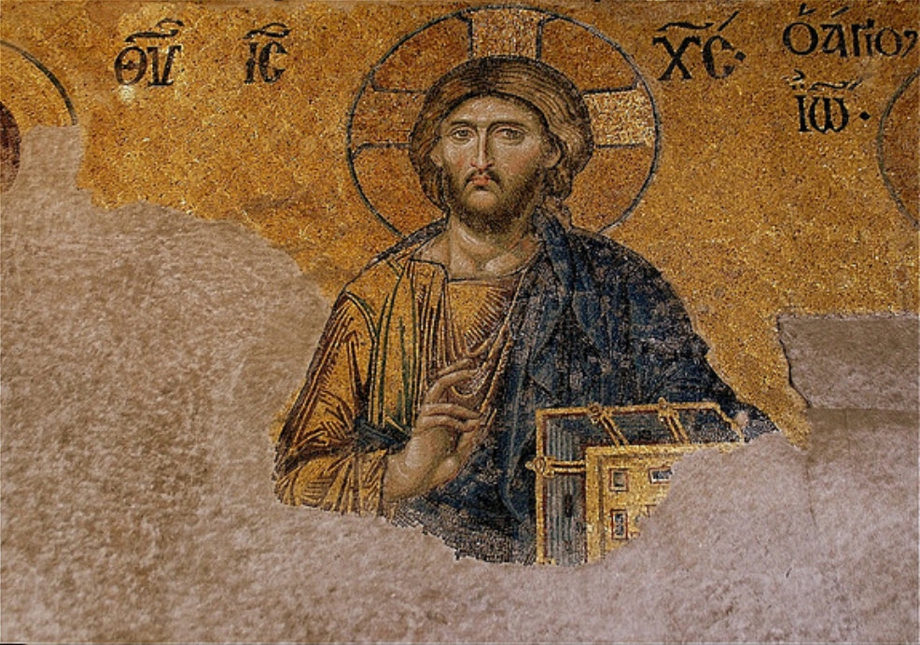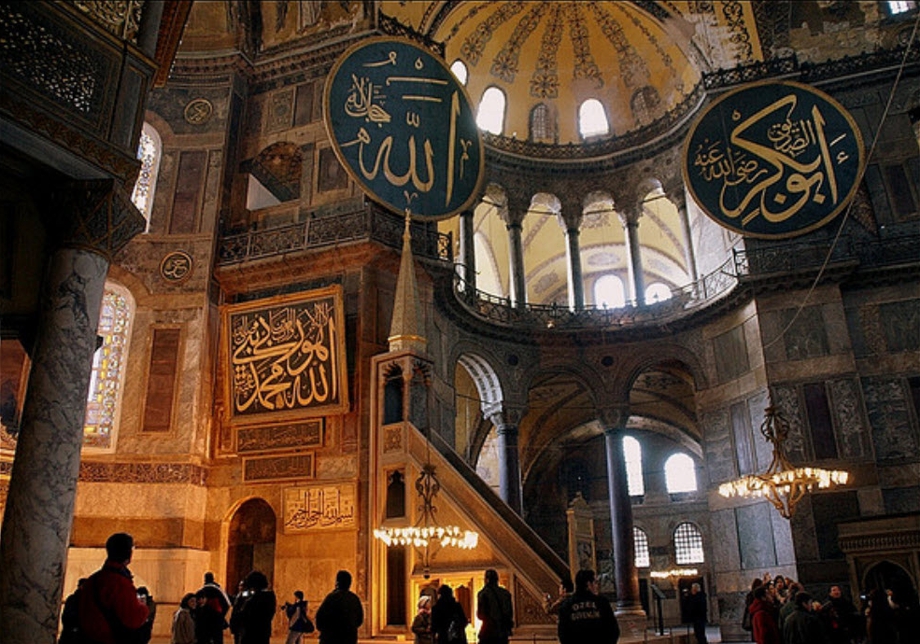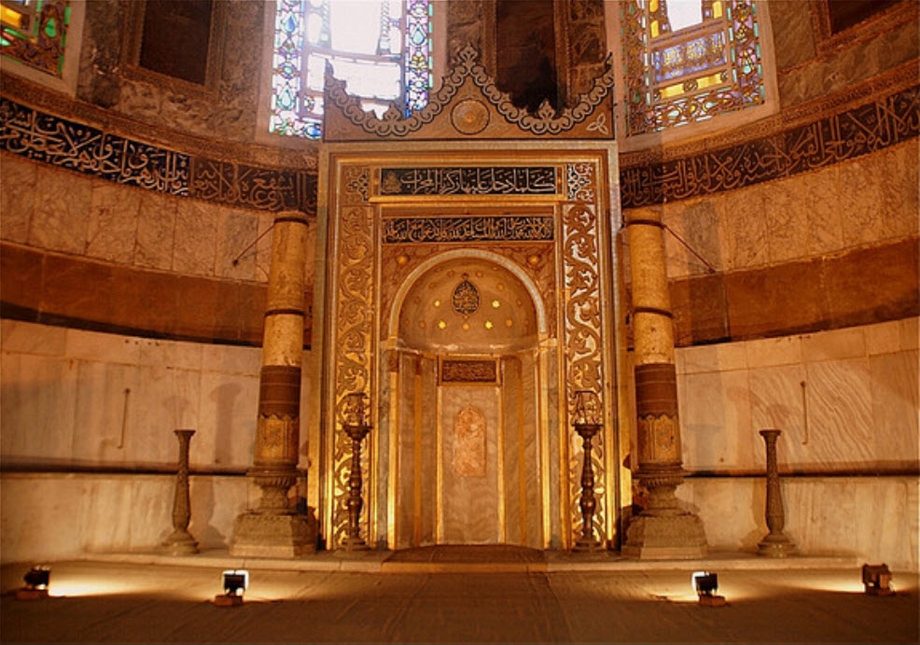Hagia Sophia
Ayasofya Meydanı Sultanahmet Fatih, Istanbul, Turkey
The Hagia Sophia in Istanbul is one the most famous church buildings and most important monuments of the world. Its eventful history does not seem over yet, because there are considerations in Turkey to turn the current museum, which is visited by nearly three and a half million people per year, into a mosque again in the foreseeable future – a plan, which is reviewed differently by people of all persuasions.
From Constantinople to Istanbul – from church to mosque
The Hagia Sophia was build in 537 as a Christian church; it became after the conquest of Istanbul in 1453, at that time still Constantinople, a mosque. Today it serves as a museum and is due to its beauty admired from the inside and the outside, visited and photographed: a strength place for Christians, Muslims and all cultural lovers.
Sublime art in the Hagia Sophia
Hagia Sophia means „holy wisdom“, which Istanbul landmark is also called Sophia Church. Until today architects are puzzle, by how a building like this kind could be built at a time like that. The powerful dome of the most important basilica in the world has a diameter of 31 meters!
With the construction of the Hagia Sophia the late antiquity came to an end. When emperor Justinian I. build it with the help of the master builders Anthemios of Tralleis (architect) and Isidor of Milet (mathematician), the four minarets which it has today did not exist yet; they were added later by the Ottomans.
The Hagia Sophia sat from the beginning enthroned as a strength place watching over Istanbul and Christianity, because the patriarch of Istanbul stood above the Roman Pope. Because of that the coronation of the Roman Emperors also took place here in the Hagia Sophia. We have to thank sultan Mehmed II for the preserved beauty of the interior, he only veiled the Christian symbols or had them whitewashed, but he did not destroy them,, instead he added new things. Ataturk turned the mosque into a museum in 1935 – this way the strength place Hagia Sophia was retained for centuries and is admired until today by innumerable people, regardless of their religion.
The beautiful gold filled mosaics from the founding days were partly no longer present before the conquest Istanbul. Nowadays the perhaps most valuable works of art can be found in the upper galleries. Unfortunately in the course of the time further mosaics were destroyed, but figure groups and valuable marble decorations from the Christian era are preserved.
There are varying accounts about the number of bells and save for a little one bell all have been destroyed or dragged away, just like the altar and the liturgical devices. Furthermore carpets were laid out, a loge for the sultan was established and the crosses were removed. The half-moon was introduced and some changes were made, for example for prayer niches, which mosques need. The women’s gallery, like it is common until today in mosques, was also customary in Byzantium. Finally, the baptistery became a Muslim grave and the Hagia Sophia the sultans crypt.
Until today a strength place
Today the Hagia Sophia captivates as a strength place, which represents the whole of history of the house, beginning in the time as the main church of Byzantium and the heart of east Rome up to its today’s importance as a tourist attraction and landmark of Istanbul. The combination of Christian and Muslim art treasures is probably unique in this kind. In the yard of the Hagia Sophia archaeological findings offer further illustrative material.



